Why Did Ancient Men Have a Preference for Growing Beards?

During the Three Kingdoms period, Sun Quan, the Lord of the State of Wu, sported “purple whiskers and green eyes.” Paired with his imposing male Hanfu, he was an eye – catching presence on the battlefield. In ancient times, growing a beard was a popular fashion. People used the term “beards and eyebrows” as a synonym for men. When clad in male Hanfu, a well – groomed beard was considered the crowning glory. In the minds of young men at that time, a beard not only enhanced their personal image but was also closely tied to their honor and disgrace. Now, the custom of growing a beard doesn’t seem as common in China. So, why did ancient Chinese men grow beards? Today, silkdivas will take you on a journey to find out.
Ⅰ. An Instinctive Sexual Characteristic
A beard is a physiological instinct. Scientific research shows that after men enter puberty, the human body secretes 4 – 12 milligrams of male hormones daily. These hormones stimulate the hair follicles, making the hair black and thick, and the beard is a typical example. Generally, an adult man has about 25,000 beard hairs. By the age of 30, the beard is at its peak, being black and stiff, and then it gradually declines year by year. Since there is a rich distribution of blood vessels around the lips, the beard can grow 0.4 millimeters per day, which is twice the daily growth rate of hair.
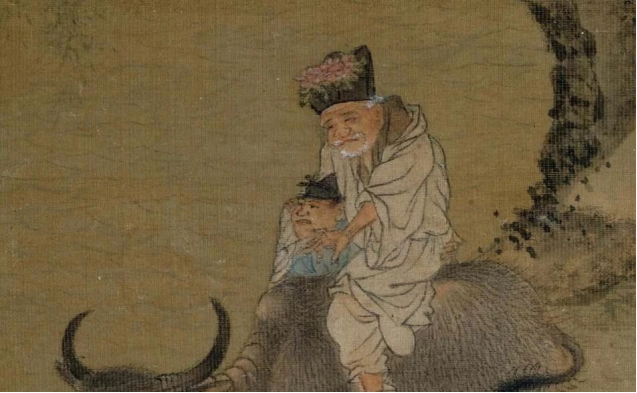
Generally speaking, beards can be black, red, yellow, or white. Pigment cells determine the color of the beard. A black beard is the result of the combined action of trace elements such as copper, cobalt, and iron. A red beard is influenced by molybdenum. A yellow beard is due to the effect of titanium. Lack of these elements will lead to the growth of a white beard. Thus, it can be seen that growing a beard is a human instinct and a physiological manifestation of a man’s adulthood.
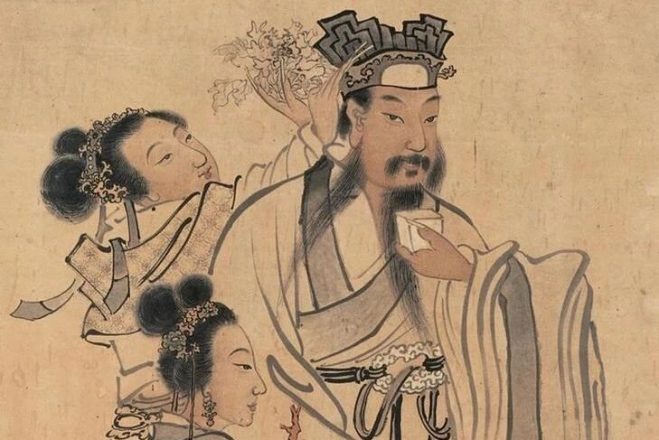
Ⅱ . Aesthetic Preferences
In ancient times, the attention paid to beards was largely driven by aesthetics. The poem “Mo Shang Sang (《陌上桑》)” in the Yuefu Poems of the Han Dynasty states, “He is fair – skinned and has a fine, sparse beard.” The young woman Luo Fu (罗敷) considered her husband’s good looks were enhanced by his “fine beard.” Among the Terracotta Warriors of Emperor Qinshihuang, the clay figures sport various types of beards, including full – beards, long beards, horn – shaped mustaches, and drooping mustaches, all of which are full of human touch.
In ancient times, having a beautiful beard would attract the envy and even jealousy of many. In Chronicles of the Clans of Wei Cao Cao was described as “short in stature but with a brilliant and heroic air.” In The Book of Wei, Cui Yan was depicted as “tall in stature with a sonorous voice, having clear – cut features, a four – foot – long beard, and exuding great dignity, which made the court officials look up to him.” The contrast between Cao Cao’s “short stature” and Cui Yan’s “four – foot – long beard” was striking. Cao Cao was resentful of Cui Yan’s long beard. In the Order to Execute Cui Yan (《赐死崔琰令》), he angrily rebuked, “Although Cui Yan was punished, he still entertained guests. His house was as crowded as a marketplace. He stared at the guests with his bristling beard, as if he was angry.” His anger caused by a beautiful beard was actually due to Cao Cao’s inferiority complex. In ancient times, without beauty – enhancing apps, filters, or plastic surgery, a beard was undoubtedly a yardstick for measuring masculine beauty.
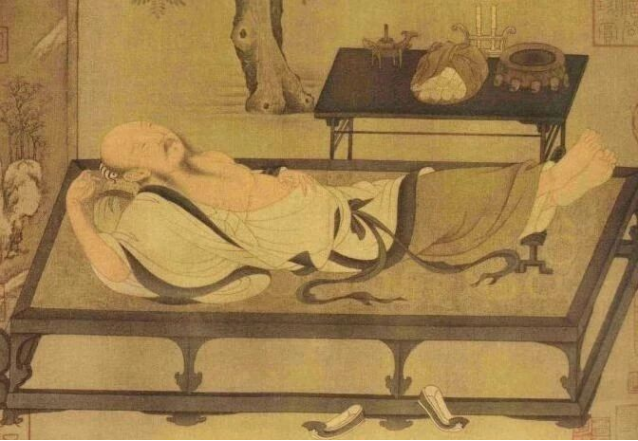
Ⅲ. A Symbol of Strength
Beards also serve as a symbol of male strength. From the perspective of traditional Chinese medicine, a man’s kidneys determine the growth of his hair and beard. In Suwen (《素问》, Basic Questions of Inner Canon of Huangdi), it is said, “Hair is the surplus of blood, and the luster of the kidneys is manifested in the hair.” And in Lingshu Jing, it is stated, “When there is an abundance of both qi and blood, the beard is beautiful and long; when there is less blood and more qi, the beard is short; when there is a scarcity of both qi and blood, there is no beard.” This clearly elaborates on the relationship between the kidneys and the hair and beard. The kidneys store essence, the essence is transformed into blood, and the blood nourishes the growth of hair. In the process from the kidneys to the hair, the “storage” function of the kidneys nourishes the “luster” of the beard, and the “luster” of the beard verifies the “storage” ability of the kidneys. The two complement each other, reflecting one of the characteristics of a strong male physique.
People’s favor for beards often extends beyond the beard itself. Huang Pu (黄溥), a scholar in the Ming Dynasty, wrote in Excerpts of the Past and Present in Leisure Time (《闲中今古摘录》), “To be an official, one doesn’t need excellent literary works, but only a beard and a stout figure.” The “beard – only theory” equates a beard with personal ability. Such a one – sided principle of personnel selection is obviously not worthy of promotion.
Coincidentally, growing beards was also popular in ancient Greece. A thick beard was regarded as the main characteristic of a man’s strength and was highly respected by all sectors of society. The statues from ancient Greece preserve this fashion, giving us a glimpse of its popularity. Whether in China or abroad, at that time, beards, as an embodiment of strength, were recognized and affirmed by society, which contributed to the enduring popularity of growing beards.
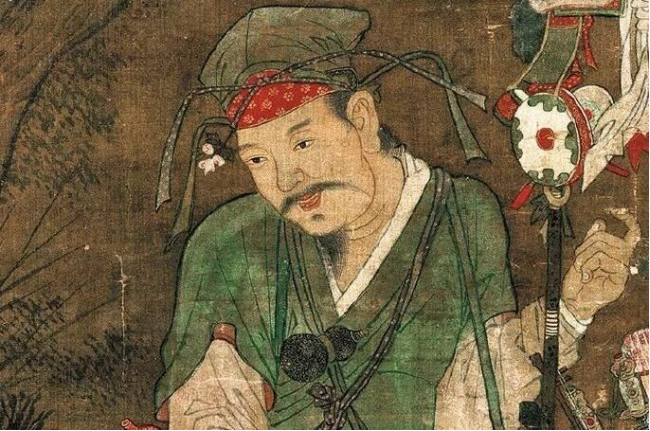
Ⅳ. A Representation of Power
In fact, beards symbolized supreme imperial power. King Ling of Zhou, the 11th monarch of the Eastern Zhou Dynasty, was an ardent lover of maintaining a beard. Draped in resplendent male Hanfu befitting his royal status, his beard further accentuated his noble bearing. According to *Zuo Zhuan* (Zuo’s Commentary on the Spring and Autumn Annals), “When King Ling was born, he already had a beard. The king was very noble and divine, and was not disliked by the feudal lords.” Clad in the finest male Hanfu, King Ling of Zhou, born with a beard, also excelled at governing the country. Later generations bestowed upon him the elegant nickname “King with a Beard.”
In Lunheng, written by Wang Chong, a thinker in the Eastern Han Dynasty, when discussing Emperor Gaozu of the Han Dynasty, Liu Bang (刘邦), it’s stated, “Emperor Gaozu had a high – bridged nose, a dragon – like face, a beautiful beard, and there were seventy – two black moles on his left thigh.” Decked out in imperial male Hanfu, his beard was emphasized as a standard feature of an emperor’s appearance, further highlighting his august presence.
Pharaohs in ancient Egypt had the privilege of growing beards. If a pharaoh didn’t have enough beard, his ability would be questioned. Therefore, pharaohs often attached fake beards. Female pharaohs like Hatshepsut, in order to proclaim the legitimacy of their rule, would also wear fake beards to adorn their faces. With the promotion of beards by emperors, the influence of growing beards was further deepened.
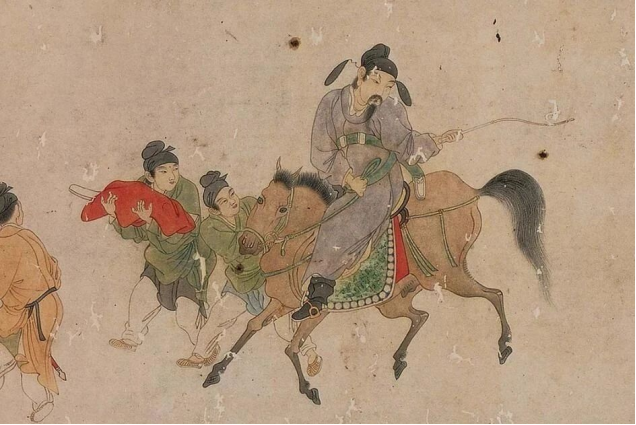
Ⅴ. The Defense of Dignity
Beards have an inseparable connection with dignity. The Classic of Filial Piety emphasizes, “Our body, hair, and skin are given by our parents. We should not damage them. This is the beginning of filial piety.” In other words, in ancient times when filial piety was highly valued, keeping one’s hair and beard intact was a fundamental part of filial piety. With the support of this ethical classic, men had a legitimate reason to grow beards.
During the Qin and Han dynasties, there was a punishment called “nai punishment (耐刑)” which involved shaving off the beard. It was a less severe punishment compared to “kun punishment (髡刑)” which was shaving off the hair. Shuowen Jiezi states, “Nai (which is the same as ‘耐’ in this context), the crime is not serious enough for kun punishment.” Ying Shao, a scholar in the Eastern Han Dynasty, when annotating *Hanshu* (History of the Han Dynasty), also believed, “For minor crimes that do not merit kun punishment, only the beard and sideburns are shaved off, so it is called nai.” Using the shaving of beards as a punishment measure highlighted the noble status of beards.
In the History of the Southern Dynasties: Biography of Chu Yanhui (《南史·褚彦回传》), Princess Shanyang, Liu Chuyu, said to Chu Yuan, a founding hero of the Southern Qi Dynasty, “Your beard is as sharp as a halberd. Why are you so lacking in masculinity?” Here, the “beard” was equated with a man’s dignity. Mei Lanfang, a master of Peking Opera, deliberately grew a beard to refuse to perform for the Japanese, demonstrating his patriotic sentiment of “one’s body may be in danger, but one’s will cannot be taken away.” With the addition of the element of dignity, the spiritual value of beards became even more precious.
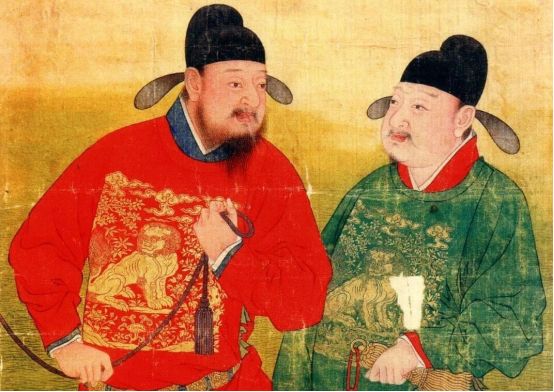
Ⅵ. Cultural Accumulation
Don’t underestimate beards, as they carry rich cultural connotations. In the early Tang Dynasty, the famous general Li Shiji suddenly fell seriously ill, and the prescription required the ashes of a beard as an ingredient to guide the other herbs. When Emperor Taizong of the Tang Dynasty heard about this, he cut off his own beard and added it to the medicine. After Li Ji recovered from his illness, he kowtowed to thank Emperor Taizong. However, Emperor Taizong said, “I did it for the sake of the country. There’s no need for you to thank me so deeply!” The deep bond between the emperor and his minister became a much – told beautiful story through the ages.
Once, when Kou Zhun, a renowned prime minister in the Northern Song Dynasty, accidentally got soup on his beard while having a meal, Ding Wei, a vice prime minister standing by, quickly stepped forward to wipe it off. Kou Zhun was disgusted by Ding Wei’s action and rebuked him, saying, “You are a high – ranking official of the country. How can you wipe the beard of your superior?” These words made Ding Wei feel extremely ashamed, and since then, the allusion of “flattering someone” (literally “stroking the beard”) has been passed down.
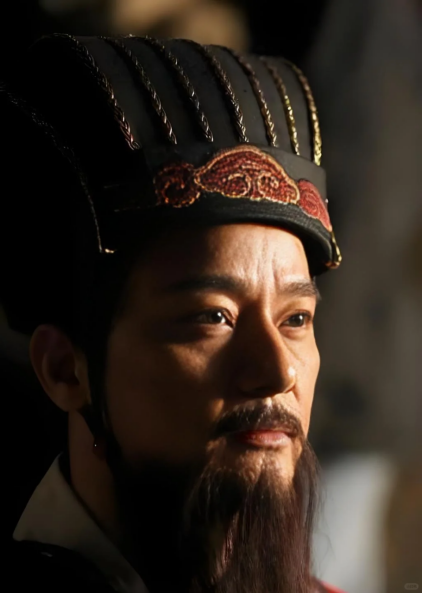
Summary
In modern times, rulers have replaced cultivating beards with wearing friendly smiles, seeking to win public favor. Today, modern aesthetics lean towards simplicity and functionality for daily life. Once an essential part of the ensemble with male Hanfu, maintaining a beard now demands significant time. When men donned male Hanfu in ancient times, a well – groomed beard was a symbol of masculinity and social status. However, if you aim to keep a beard nowadays, you must ensure you don’t appear untidy. Due to various influencing factors, fewer people in modern China choose to grow beards.
As a result, it’s challenging to spot a “bearded man” in the crowd. The long – cherished tradition of sporting a beard, once inseparable from male Hanfu, reflects a shift in people’s mindsets. It has become a relic of the past, and we eagerly anticipate what the future holds.
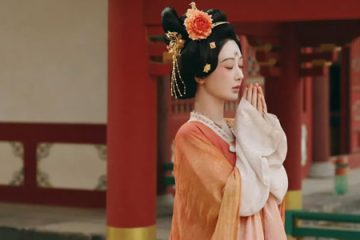
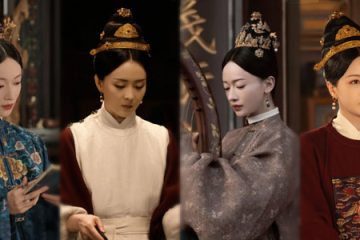
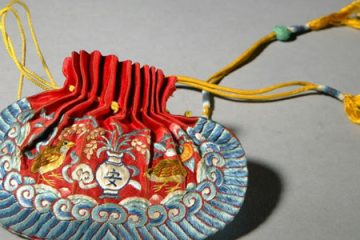
0 Comments